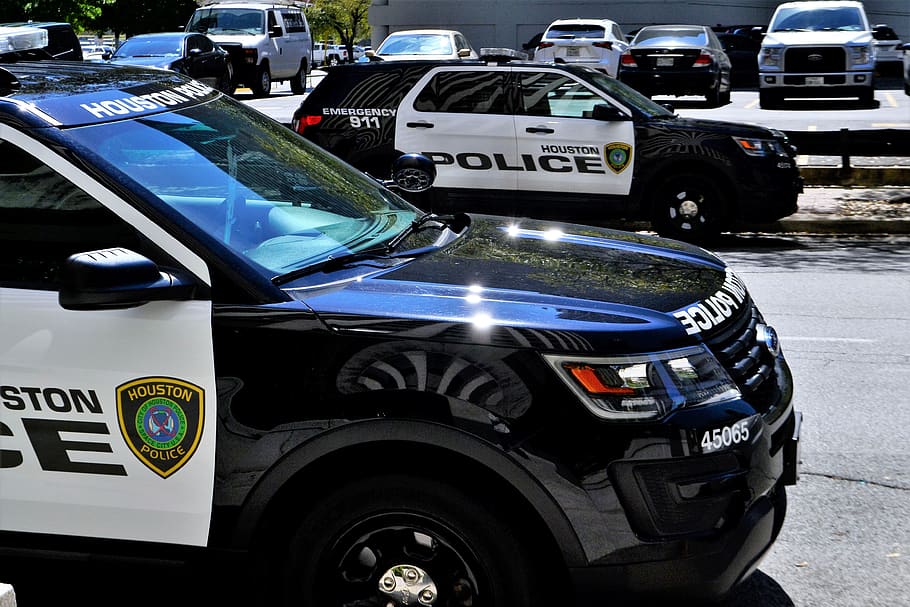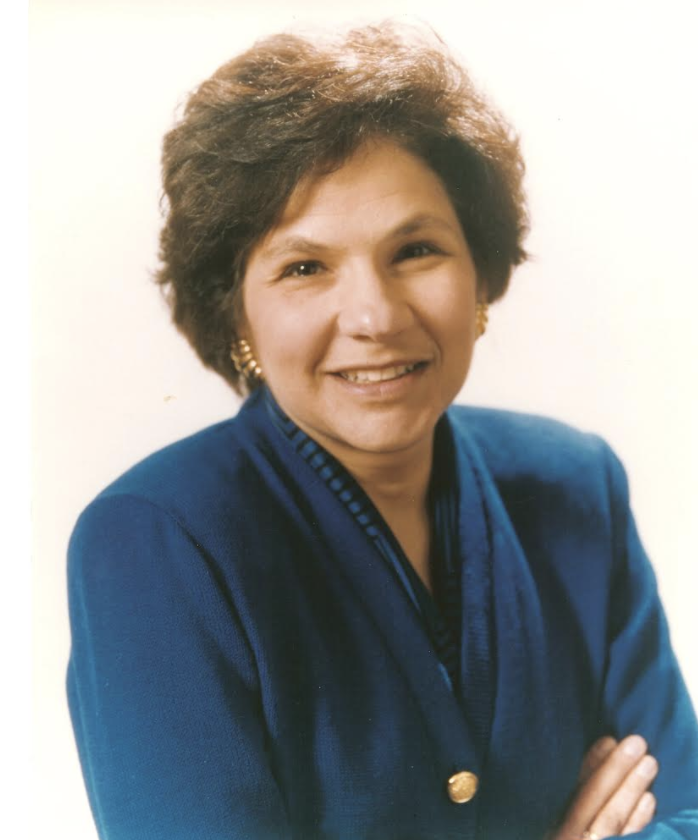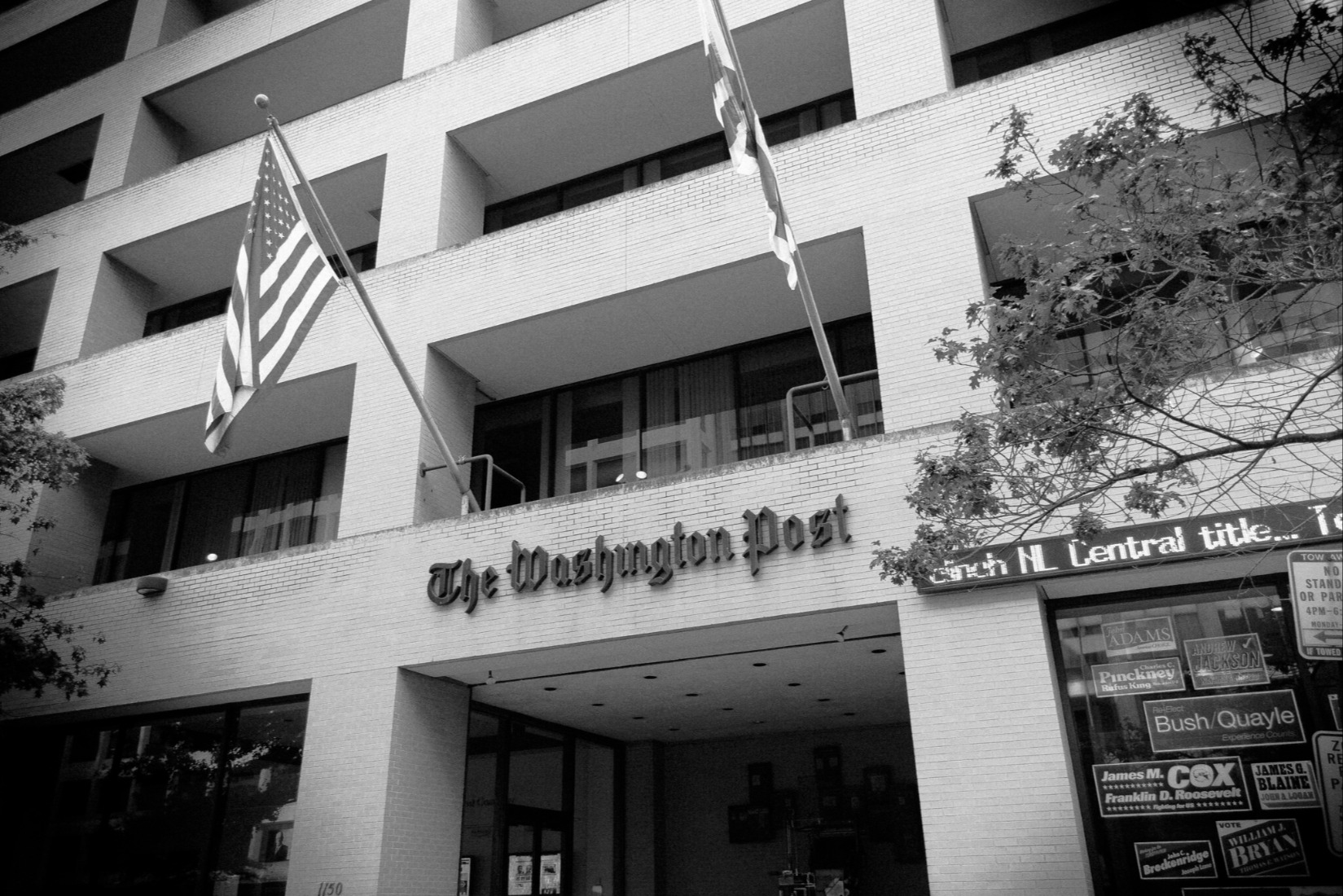Measurement Matters: The Key to Police Reform
More and more Americans agree that policing needs rethinking. Picking new police performance metrics would be a good first step.

Published by The Lawfare Institute
in Cooperation With

More and more Americans agree that policing needs rethinking—big time.
As new as the demand to rethink policing may be to some, America has heard this call before. In 1965, President Johnson created a President’s Commission on Law Enforcement and Administration of Justice for that very purpose. His mandate to the commission was broad, and it took its mission to heart. The commission revisited the criminal justice system as a whole and, in the process, refocused the roles of police, prosecutors, defense attorneys, judges, and probation and parole officers to better control crime. Johnson welcomed the final report, with its emphasis on enforcement, as “the most comprehensive evaluation to date in the Nation’s efforts to control crime.” It was also the first step in America’s “war on crime.”
This switch from preventing crime to combating crime readily found support in police departments and police officers. It gave them all a clarity of purpose. Their job was to root out and stop the “bad guy,” which, by definition, made them the “good guy.” It also made performance measures simple. If crime rates decreased, the department got an “A” and the police chief, a much enhanced public profile. An officer with a track record of arrests became promotion material. Moreover, a war against crime conveyed an easily understandable mission, especially to the newly recruited who were coming home from Vietnam and brought with them a combat mentality as they changed into police uniforms and began patrolling America’s streets.
The mission to combat crime also gave police departments new sources of support. As the Vietnam War wound down, the “military-industrial complex” quickly expanded its focus to include policing. Defense-industry companies found avid champions of their products in their new police department customers. Helicopters and other military hardware became common police equipment. The firepower of police weapons increased. Police departments created SWAT teams.
This came with some downsides, though. As no one wore an “I am a bad guy” t-shirt, to some officers, everyone to whom they could not relate was suspect. Relations between the police and the community, and particularly with people in the inner city, became increasingly fraught. To many observers, the war on crime was a war on people of color.
But the view among policymakers of police as, first and foremost, crime combatants prevailed. It was that bipartisan. In 1971, President Nixon followed Johnson’s war on crime with a war of his own—the “war on drugs.” Arrests of black men skyrocketed, transforming imprisonment into an all-too-common experience for many men of color.
To counteract this militarization of the police—and to remind police that they were not a looming force but a community service—in 1970, the Ford Foundation created the Police Foundation. Through its sponsoring of carefully constructed experiments, the foundation revisited the premises on which traditional routine patrol was based. It reexamined the assumption that only men could patrol and studied whether women could serve as “beat” patrol officers, too. It focused on diversity. It even developed new approaches to police use of force. Some progress was made.
But that was then, and this is now. Today, after years of seemingly unending war, first in Iraq and then in Afghanistan, the United States is again suffering from the militarization of policing. In response, policymakers are doing the same analysis and taking the same steps yet again. The Task Force Report on 21st Century Policing, issued in 2015, is being dusted off, as policymakers search for guidance and ideas. Some of the report’s 59 recommendations, such as diversifying police forces and collecting data on police use of force, bear an uncanny resemblance to the recommendations of Johnson’s commission. The fact that the country is still struggling with many of the same issues half a century later, and the all-too-frequent instances of police-involved citizen deaths, makes clear that society needs to do more. The two of us posit that, unless citizens build, at the local level, a lasting consensus on the role of the police and develop operational systems to reinforce that role, the country will have the same results: an increased semblance of peace and peacekeeping in the short term—until that’s no longer the case.
So, if not national-level task forces and not unilateral legislative action, what will help ensure successful policing?
Former Speaker of the House Tip O’Neill used to say, “All politics is local.” We suggest the same axiom applies to meaningful police change. What exactly does the community want its neighborhood police officers to do? It is the question today, and it has to be debated precinct-by-precinct and resolved department-by-department. It is not an issue to be determined by citizens alone. Police need to speak up. They have knowledge that all of society needs to learn. Nor is this a question where the goal should be reaching 100 percent agreement both on the analysis and on the answers. Calling for agreement is a bridge too far. Rather, it is an issue that requires mutual understanding. It is comity we are calling for, not unanimity. It is action we seek based on that shared understanding.
Where can local authorities begin? We suggest that policymakers, with the help of both police officers and citizens, should look first at what police behaviors get rewarded.
Most police officers do a fine job. They do it every day and, if they do it very well, no one notices, sometimes not even their supervisors. Their presence and actions are seamless with citizen needs. They are not a problem. But, if society doesn’t acknowledge good policing, in time there may not be good policing. Police are human. Even the best officers give up if they feel there is no way to please the public.
As important, negotiation research makes clear that building consensus comes more easily if one starts the conversation with what is held in common and not in discordance. Focusing first on police misconduct ignores that research. Yes, some officers are running amok, but, as challenging as it can be to overcome deep-seated anger, there are more productive starting places for the conversation. Division serves to immobilize, as it increases both anger and hurt of all involved, citizens and police officers alike.
As angry as people are about the untoward deaths of people of color, numerous studies make clear that positive reinforcement of good behaviors has a more powerful effect in shaping improved performance than do negative reinforcement and criticism. Community leaders have to start somewhere to bring about sustained change. Let’s start with what communities want to praise, what they want to reward.
Will it be easy to decide what to reward police for? No. Police are expected to clean up all the messes of society, from preventing crime, handling domestic disputes, protecting the homeless, managing traffic, and controlling drugs to fighting computer fraud, stopping human trafficking, and ending school violence. Part of the breadth of their mandate stems from the fact that they are the only people with local law enforcement powers on duty 24/7, 365 days a year. Part of the breadth of their mandate reflects the fact that it seems easier to build on an existing agency than to create new bureaucracies every time a new need arises, especially when an existing agency can cross-train its personnel.
But is the existing system of assigning all tough responsibilities to the police wise? Is it cost effective? Is it responsive to citizen needs? Would communities be better off reassigning police responsibilities to those who already have job-related training they can bring to the effort? For example, would it be better to have social workers handling family violence calls than beat officers? Perhaps not. Family calls are dangerous. Perhaps, though, social workers could review police files and then offer to help the family. This post can’t answer that question. It poses it, though, because society must. It is part of the heavy lifting communities need to do in order to bring about lasting institutional change.
It’s time to reconsider what police and the public praise officers for. Here’s an easy place to start: Does your jurisdiction award points for officer arrests on the logic that the more active the officer, the better? Should it do so even if the prosecutor dismisses the case at intake for lack of probable cause or if the judge throws out the case on defense counsel’s motion because it violated the defendant’s constitutional rights?
The answer is easy to jump at, but not easy to arrive at when you take in interests of all. Some police officials have pushed back when questioned about the value of arrests as a performance measure. They explain that police aren’t responsible for prosecutorial or judicial decisions, so no officer should be penalized for what gets decided after an arrest. Given the current situation, would the citizenry agree with that perspective now?
Are there additional measures, even alternative measures? What if police officers were empowered to hand out “referral tickets” to somebody needing help so that they would be taken seriously by other government agencies. In this revamped and expanded incentive structure, the police officer would be rewarded on the number of tickets handed out that end in the citizen seeking help. Are “referral tickets” an idea that should be tried out? Regardless, it is time for the community and the police to work together to create mechanisms that assess community satisfaction with police service on an ongoing basis.
Police departments, their officers, and the citizens they serve need performance measurement systems that reflect today’s values, reward citizen service as well as crime management, and imbue honesty in policing, while shunning gamesmanship. To be judged worthy by all involved, these measurement systems must promote officers and behaviors that benefit the community and penalize officers and behaviors that hurt it.
And that’s not all. Built into the system must be mechanisms for transparency as much as for accountability. The public needs proof that the data is worthy of trust. Officers need to arrive at work knowing what is expected of them.
To do this, public officials, the police and the community they serve need to focus anew on defining and measuring police-performance, both good and bad, and see where it takes everyone—together.
Let every police department, supported by a professional facilitator, become a safe venue for people to speak up—with both officers and the community each having their say. It is challenging to do, but all stakeholders need to respect all equally as they listen so that all can learn the fear each has of the other, the anger each has for the other, and the pain and psychological damage that police use of force, whether justifiable or not, causes everyone—police and citizens alike. In this way, the community will be in a better position to let go of the past and move forward to a safer, freer future. In this way, it will be possible to reach consensus on a police-performance measurement system that rewards what society wants to measure and measures what society wants to reward.
The simple fact is that measurement affects performance, as it signals to the rank and file what the system values. Hence, what gets measured gets improved. What doesn’t get measured, doesn’t count. We all—citizens and police alike—need to understand that. Respect that. And then, together, choose new performance measures that reflect today’s needs and aspirations. With that, when police fail, the public will know it is of the police officers’ own doing and not because of a corruptible performance measurement system. And when the police succeed, the entire community can feel a part of it.
What might those measures be? If community values are to inform the answer, states and localities need the conversation they have long avoided. They need to confront issues, not attack each other. To help them come first to understanding and later to consensus on key issues, we suggest each community start with these questions:
- What role does the community want the police to perform in today’s society?
- Are there roles being currently performed by the police that could be done better by others? If so, who would take on those roles?
- Can the community experiment with different approaches before making operational decisions? Perhaps have social workers in some precincts and not in others to see if one approach serves the public better than another? Can these approaches be set up and monitored to produce evidence-based results?
- As the police role becomes clearer, how can police departments recruit, select, train, assign and promote officers so that they meet society’s revamped needs?
- How are police departments going to measure police performance and support the results?
- Can police departments create a system to identify officers who, with help, will become effective members of the department and provide them with additional coaching or training, therapeutic services, disability “time-outs” and the like, so that each officer who wants to improve has the chance to do so?
- Can policymakers and police departments create a system to identify officers who have made clear by their conduct and approach to the community that policing is not their calling? Can policymakers and police departments also make it easy for these officers to leave policing totally without precluding another career for them? Can the community also agree on clear rules for behaviors that absolutely, if proved, will lead to dismissal?
- What can police unions do to increase respect for policing and the officers who do it?
- In addition to measuring police officer performance, what will be the measures of police department success? Do the two measurement systems reinforce each other?
- How can government managers support police efforts to coordinate with other agencies to build on those agencies’ skills?
- How are government managers going to measure and report on the effectiveness of this coordination so that the community knows how well the police and other agencies are providing the services the community wants?
Readers might detect sympathy here not only for people of color but also for the police. The officer’s job is perilous and challenging, not least because the United States is not a European country with deep gun control. The U.S. is a country with deep frontier values. Each day officers go out into society with a gun and directions not to use it unless they fear that their life, or someone else’s, is in imminent danger. Each day anyone who wants to buy a gun has the opportunity to do so under the Constitution if they pass certain low-level criteria. Guns—the elephant in the room. U.S. society treats the dangers of automobiles with more respect. Elected officials have made no progress in addressing the issue of guns. Nor have the courts. Yet, society expects each officer faced with a life-saving, and possibly life-taking, dilemma to have the wisdom of the cognitive brain when only the limbic brain is functioning.
Police need better direction. Citizens, administrators, managers and policymakers owe them that. In so doing, stakeholders need to share one clear understanding: Until the police performance-measurement system changes, the officer on the beat won’t.



.jpg?sfvrsn=1fbaf48_5)

